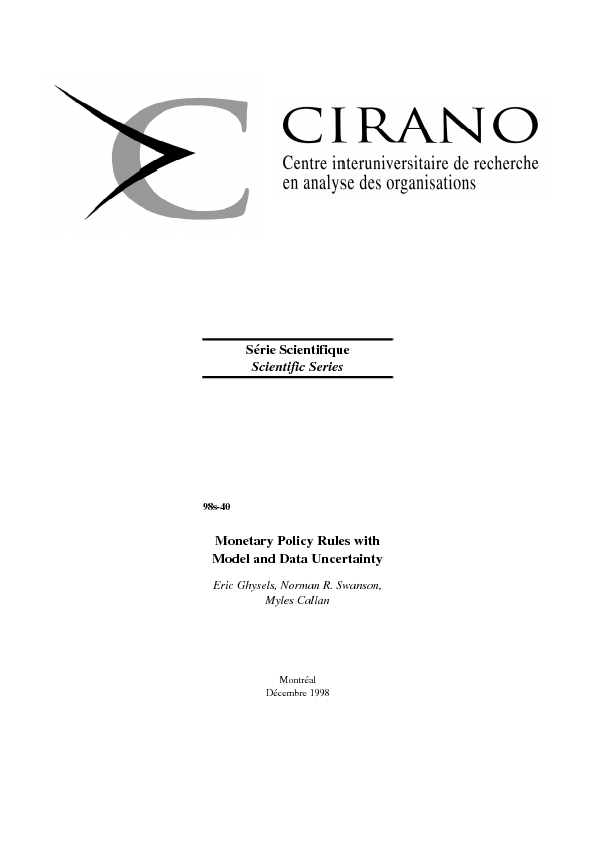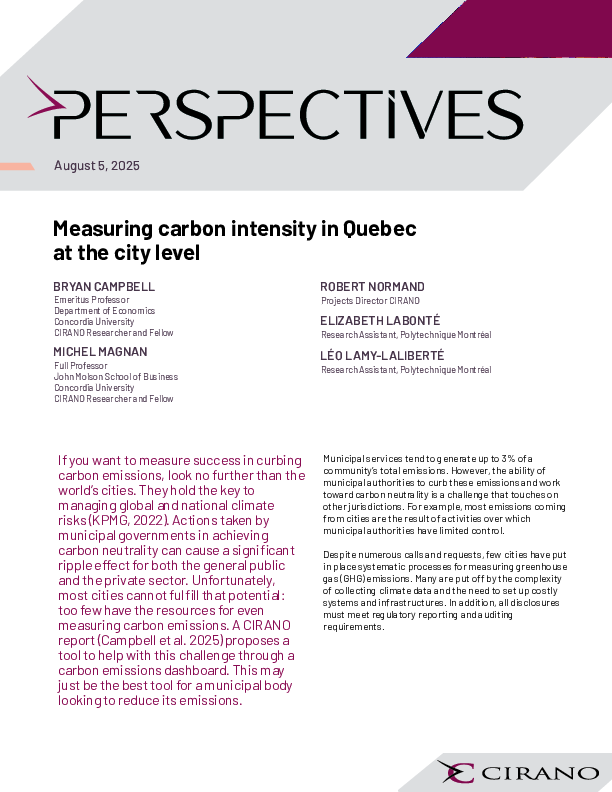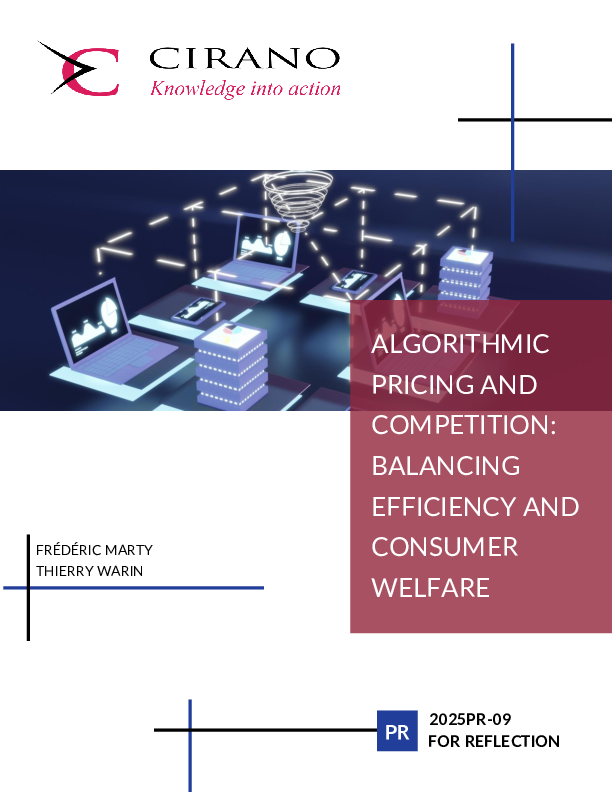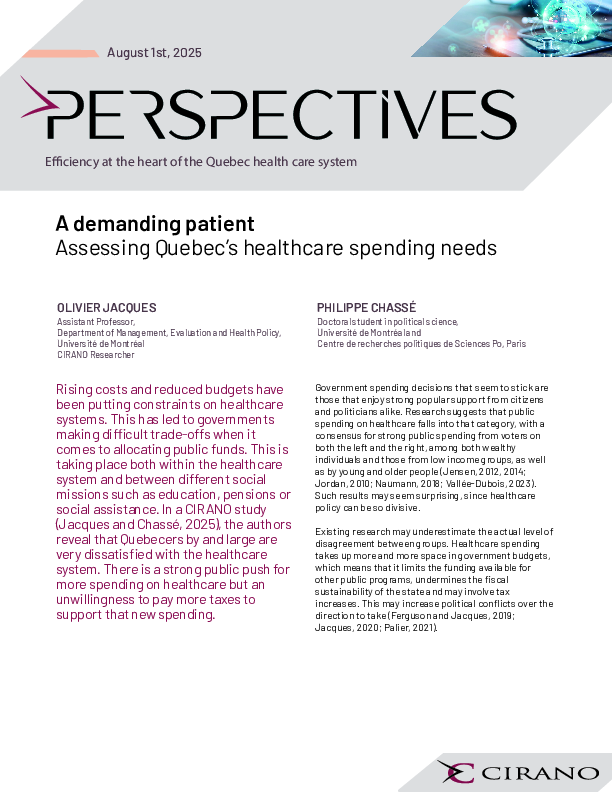Monetary Policy Rules with Model and Data Uncertainty
We examine the prevalence of data, specification, and parameter uncertainty in the formation of simple rules which mimic monetary policy-making decisions. Our approach is to build real-time datasets, simulate a real-time policy-setting environment, and provide a set of prescriptions and diagnoses which are useful not only within the context on monetary policy rules, but also within the context of the application of real-time data to macroeconomics in general. Some of our findings can be summarized as follows. First, while our version of calibration is better than naive estimation, both are dominated by an approach to rule formation based on adaptive least squares learning using real-time data. Second, it appears that rules based on seasonally unadjusted data are more reliable than when seasonally adjusted data are used. Finally, it does not pay to use data which are too preliminary. Indeed, it appears that it would be in the best interest of policymakers to wait until some of the data uncertainty associated with preliminary data has been removed by the revision process. Although some rules require more patience than others, a prescription based on our best-performing rule points to a waiting period of 9 months for monthly data, which in turn leads to around a 50% increase in precision.
[ - ]




